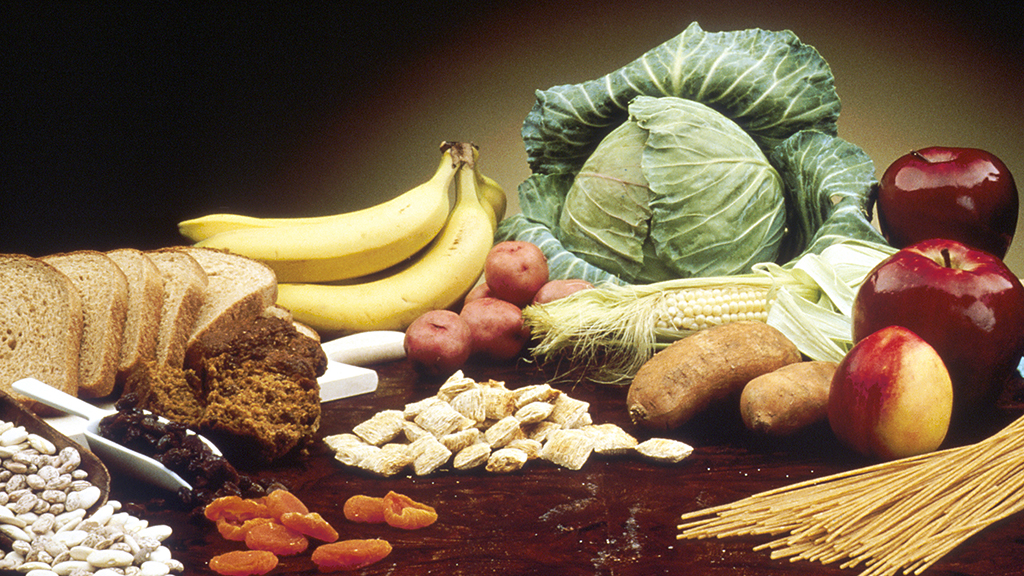Abstract
This case reviews concepts of monosaccharide, disaccharide, and polysaccharide and contrasts the structures of different pairs of carbohydrates as well as the structure of sorbitol, a sugar substitute. It also depicts stereo chemistry concepts such as chiral carbon, enantiomer, anomer, Fisher projection, Haworth structure, and glycosidic bonds. In addition, the story associates the similar symptoms related to the gastrointestinal bacteria fermentation of lactose and soluble fibers and compares the enzymes that are responsible for the breakdown of lactose, amylose and cellulose. Furthermore, the case explains the health benefits of consuming insoluble fibers to prevent situations like constipation, diverticulosis, and colon cancer. Finally, the case study highlights the pros (for example, lowering absorptions of fats and glucose to prevent heart disease and the spike of the blood sugar levels after meals) and the cons (such as causing bloating and flatulence) of soluble-fiber consumption.



